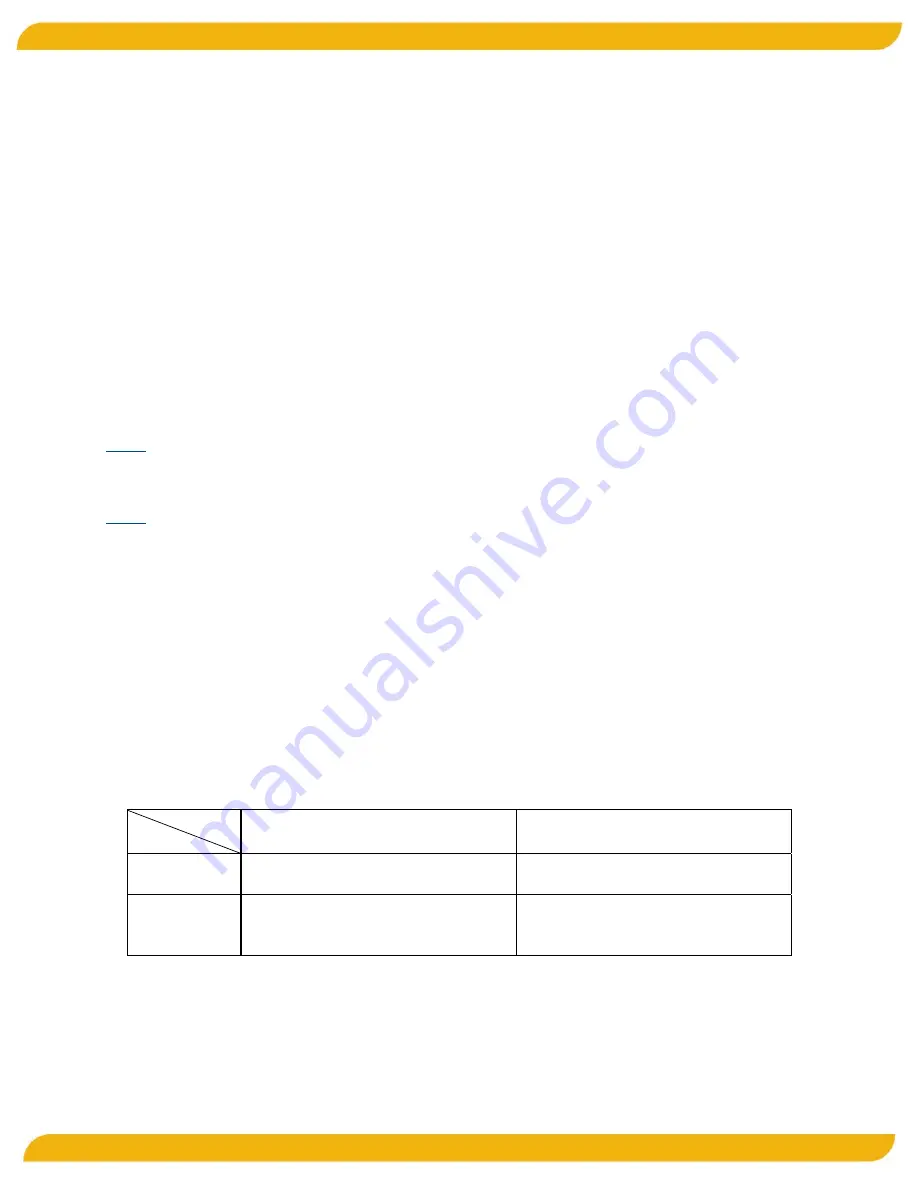
8
©2017, Barry Cordage Ltd.
BARRY B-NET SYSTEM • INSTALLATION GUIDELINES rev. 5
3.2 Design premise
The installation scenarios illustrated herein are based on observations of an 80 kg mass travelling at a maximum
speed of 60 km/hr and/or at a maximum speed of 100km/hr, impacting the net/support pole system sideways.
Direct impacts (whether head first or sideways) into the net system, without prior sliding of the skier on the snow
surface, may cause the skier to ramp up, flip or be ejected and may result in serious injury or even death.
Typical use is during alpine ski racing or training, on courses which are wide (40 m +) and which are homologated
for slalom or giant slalom and where the minimum distance from a turning gate to the first row of netting is 6 m.
Installation scenarios which fall outside the above design premise are to be determined by the on
-
site
qualified
authority and may require that appropriate compensatory measures be taken.
3.3 Preparation
Step 1: Inspect equipment before use (see Appendix A). Do not use if you have any doubts about the installation
of this product or if you suspect that the materials may be damaged or unfit for use, or has exceeded its service
life.
Step 2: Identify potential obstacles to the trail (snow gun, trees, tower, etc.). Both sides of the entire race course
should be protected by Barry B-Net Systems for all training and race events as the skier’s probable spill zones may
not be accurately predicted. In addition, where appropriate, follow the safety recommendations provided in the
course homologation report and add nets or other protection means to account for speed, mass and skier ability
as determined by a qualified authority.
3.4 Types of configuration
The installation configurations provided herein serve as basic guidelines which have been found to be effective
under certain conditions. Other configurations are also possible and should be implemented under the
supervision of a qualified authority. The installation configuration is done further to evaluation and analysis by
the qualified authority of several factors such as the expected speed and level of the skier, the angle of impact
between the potential fall of the skier and the obstacle, etc. Barry recommends to always have spare components
or systems readily available for repair in case of loss, damage or if needed to increase safety if conditions change.
Speed
Angle
up to 60 km/hr
up to 100 km/hr
60˚
Option 1
: one row of net or more
-3 net units of 20m each
Option 2
: two rows of net or more
-6 net units of 20 m each
90˚
Option 3
: “ S “ layering
-1 net unit of 20m or more
-2 additional poles
Option 4
: Double “ S “ layering
-2 net units of 20m each or more
-4 additional poles




















